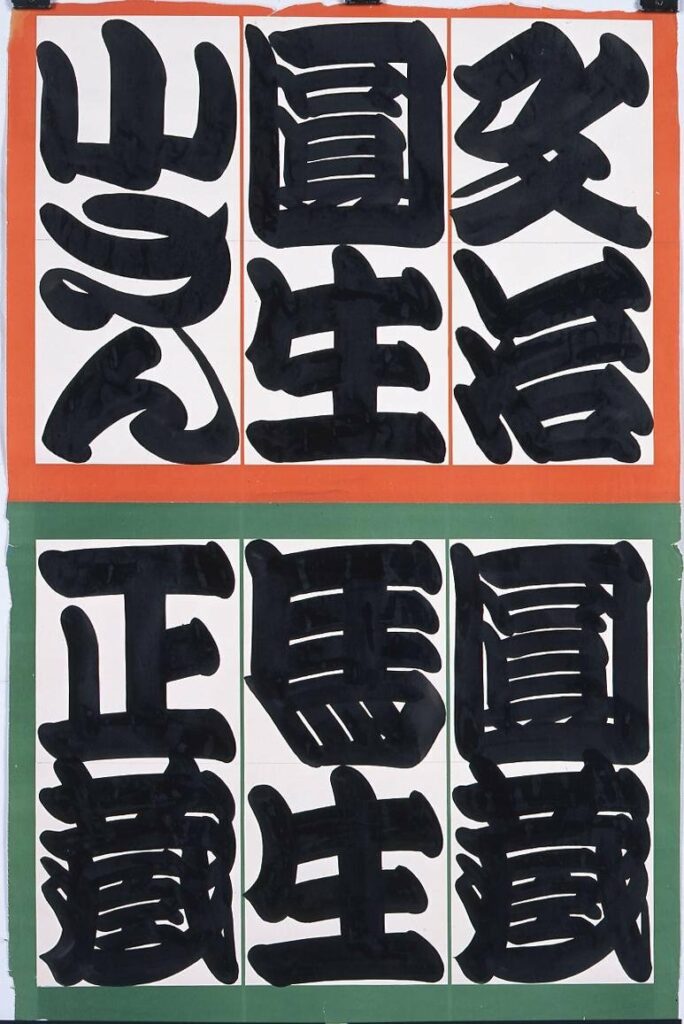
- Collection of
- Edo-Tokyo Museum
- Title
- Hanging Lantern of Shinjuku Suehirotei
- Collection ID
- 15000325
- Category
- Calligraphy
- Creator
- Tachibana Ukon
- Creation Date
- 1970 20世紀
- Size
- 90.5cm x 59.5cm
- Edo-Tokyo Museum Digital Archives
- https://www.edohakuarchives.jp/detail-16054.html
Other items of Edo-Tokyo Museum (159832)

As-built Drawing of the New Construction (No. 1) of Park Paths and Squares in Hamachō Park, No. 3
Edo-Tokyo Museum

Asahi Shimbun, No. 28293, Japanese Flag hoisted for the First Time
Edo-Tokyo Museum

Jiji Shimpō
Edo-Tokyo Museum

Bank of Japan Note Which Survived Air Raids: 10 Yen
Edo-Tokyo Museum
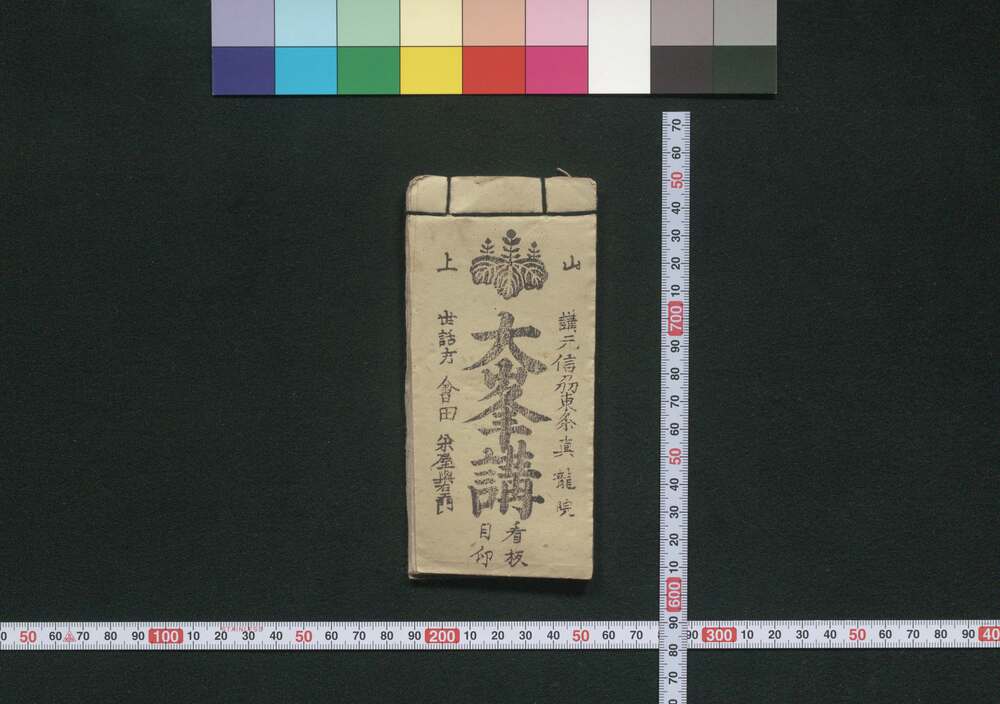
Shinshū, Akibasan, Yamato, Osaka, Kompira, Nakasendō, Edo, Tōkaidō Ōminekō (Travel Guide for Members of Ōminekō)
Edo-Tokyo Museum

Reprint, A Brief History of Japan
Edo-Tokyo Museum

Hand Towel: Ryōtei Restaurant, Uohan
Edo-Tokyo Museum

1944 New Year’s Grand Kabuki Performance: 2nd Session Picture Book and Synopsis
Edo-Tokyo Museum

Letter
Edo-Tokyo Museum
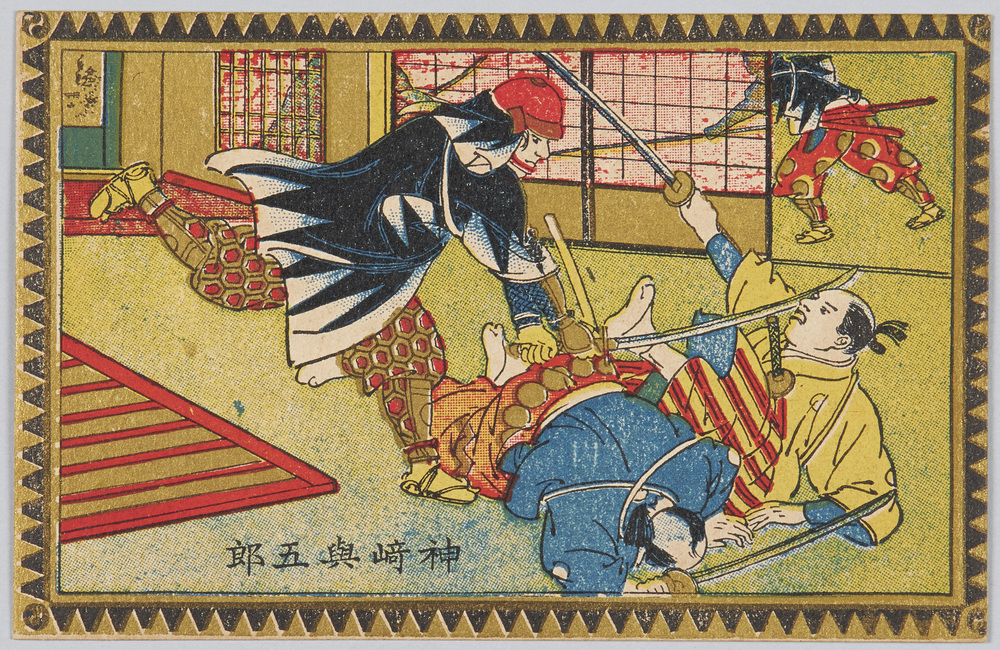
Kanzaki Yogorō
Edo-Tokyo Museum
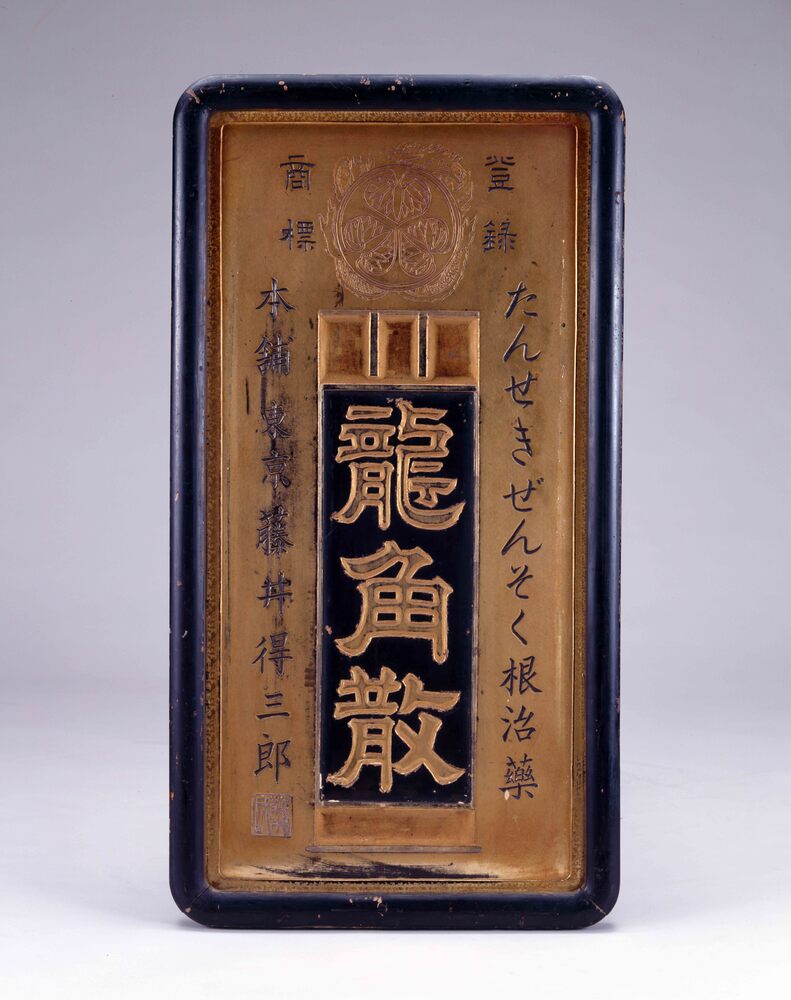
Signboard for Ryukakusan
Edo-Tokyo Museum

Wooden Door
Edo-Tokyo Museum

Dai Nippon Beer Company Prize Catalogue
Edo-Tokyo Museum

Document (Receipt)
Edo-Tokyo Museum

Thread Snips
Edo-Tokyo Museum
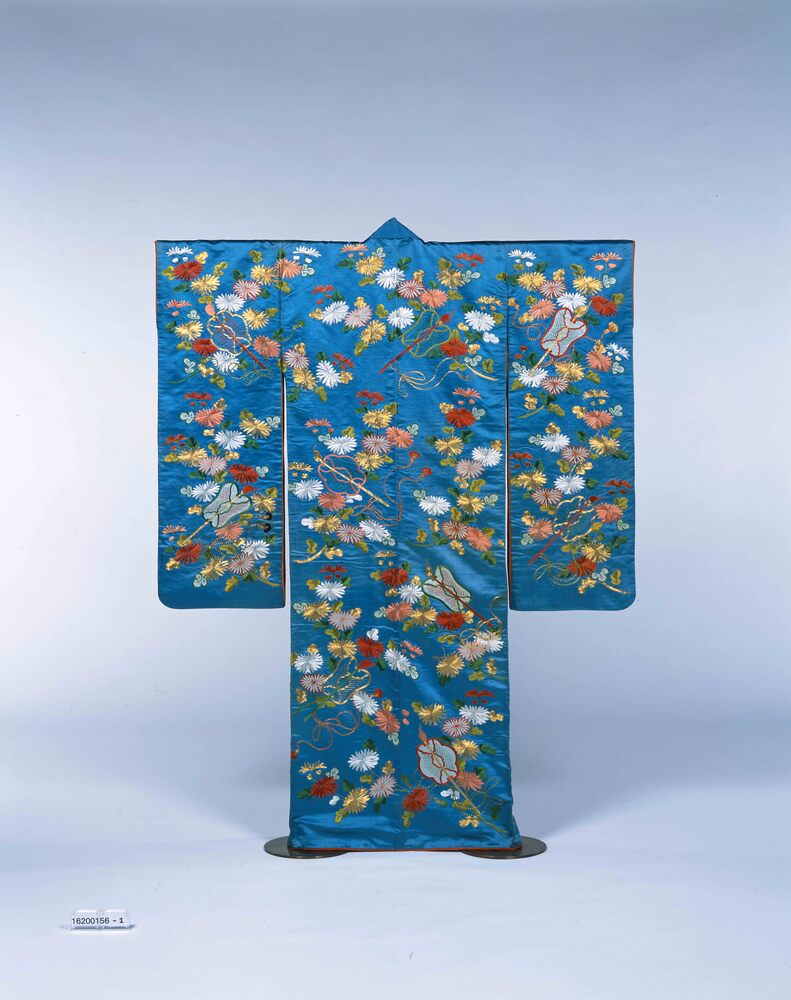
Pale Blue Satin Uchikake Over-Kimono with Chrysanthemum and Chinese Fan Mitifs
Edo-Tokyo Museum

